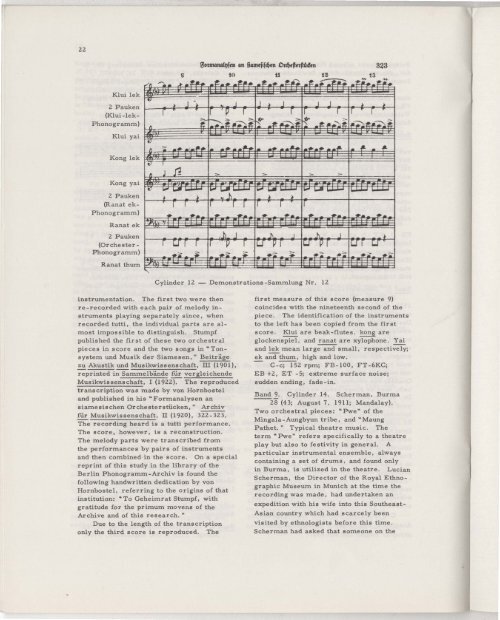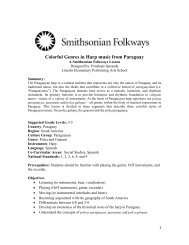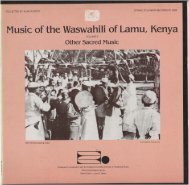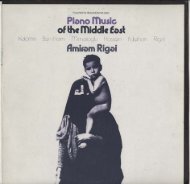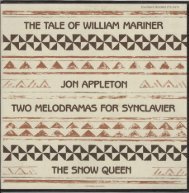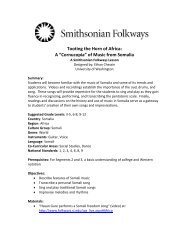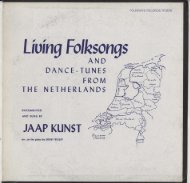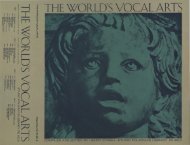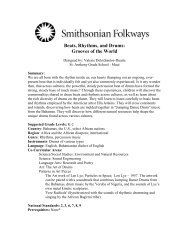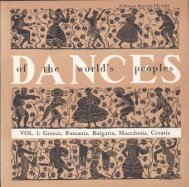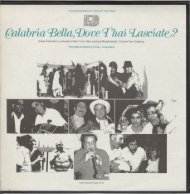22\JontlanAItJlen an fiQlt\tfif~en Or~e~ttfb\cren 823Klui lek2 Pauken(Klui-lekPhonogramm)Klui yaiKong lekKong yai2 Pauken(Ranat ekPhono g r amm)Ranat ek2 Pauken{Orchester-Phonogr amm}Ranat thumCylinder 12 - Demonstrations -Sammlung Nr. 12instrumentation. The first two were thenre-recorded with each pair of melody instrumentsplaying separately since, whenrecorded tutti, the individual parts are almostimpossible to distinguish. Stumpfpublished the first of these two orchestralpieces in score and the two songs in "Tonsystemund Musik der Siamesen," Beitragezu Akustik und Musikwissenschaft, III (1901),reprinted in Sammelbande fur vergleichendeMusikwissenschaft, I {1922}. The reproducedtranscription was made by von Hornbosteland published in his" Formanalysen ansiamesischen Orchesterstucken," ArchivfUr Musikwissenschaft, II (1920), 322-323.The recording heard is a tutti performance.The score, however, is a reconstruction.The melody parts were transcribed fromthe performances by pairs of instrumentsand then combined· in the score. On a specialreprint of this study in the library of theBerlin Phonogramm-Archiv is found thefollowing handwritten dedication by vonHornbostel, referring to the origins of thatinstitution: "To Geheimrat Stumpf, withgratitude for the primum movens of theArchive and of this research ...Due to the length of the transcriptiononly the third score is reproduced. Thefirst measure of this score {measure 9}coincides with the nineteenth second of thepiece. The identification of the instrumentsto the left has been copied from the fir stscore. Klui are beak-flutes , kong areglockenspiel, and ranat are xylophone. Yaiand lek mean large and small, respectively;ek and thurn, high and low.- C-c; 152 rpm; FB-IOO, FT-6KC;EB +2, ET -5; extreme surface noise;sudden ending, fade -in.Band 9. Cylinder 14. Scherman, Burma--28 {43; August 7, 1911; Mandalay}.Two orchestral pieces: "Pwe" of theMingala-Aungbyun tribe, and "MaungPathet." Typical theatre music. Theterm "Pwe" refers specifically to a theatreplay but also to festivity in generaL Aparticular instrumental ensemble, alwayscontaining a set of drums, and found onlyin Burma, is utilized in the theatre. LucianScherman, the Director of the Royal EthnographicMuseum in Munich at the time therecording was made, had undertaken anexpedition with his wife into this SoutheastAsian country which had scarcely beenvisited by ethnologists before this time.Scherman had asked that someone on the
23Berlin}. "Thai-oi-kamen" (Dastraurige Scheiden; wortlich: DerSiamese sagt dem KambodschanerLebewoh1). Orchesterstuck,gespielt von 2 Schnabe1-floten, 2 Gongspielen, 2 Xylophonenund 2 Trommeln. DasPhonogramm gehort zu den Aufnahmen,die Stumpf von dem inBerlin weilenden Hoforchestergemacht hatte; diese fruhe Sammlungenthielt vier Or chesterstuckesowie zwei Lieder und" '" Oboebildete praktisch den Grundsteindes Berliner PhonogrammArchivs. Stumpf nahm dieOrchesterstUcke zuerst in derOriginalbesetzung auf, und - beiden Stucken 1 und 2 - danachnoch einmal die melodiefahigenInstrumente paarweise gesondert, da sichdie Stimmen eines im Tutti phonographischaufgenommenen Ensembles kaum genau heraushorenlassen. - Von diesen Orchesterstuckenhat Stumpf neben den Gesangen nurdas erste in Partitur veroffentlicht (" Tonsystemund Musik der Siamesen", Beitragezur Akustik und Musikwissenschaft 3, 1901;wiederabgedruckt in Sammelbande fUr vergleichendeMusikwissenschaft 1, 1922). Dasvorliegende Stuck brachte von Hornbostelheraus: "Formanalysen an siamesischenOrchesterstucken", Archiv fur Musikwissenschaft2, 1920, S. 322-323. Die hier vorliegendeAufnahme ist die der Tutti-Besetzung;bei der Partitur dagegen handelt es sich urneine Rekonstruktion, bei der die Melodiestimmenauf Grund der (paarweisen) Einzelvorfuhrungentranskribiert und dann erst in derPartitur zusammengestellt wurden. Aufeinem in der Bibliothek des PhonogrammArchivs befindlichen Separatdruck diesesAufsatzes findet sich folgende auf die Anfangedes Institutes Bezug nehmende handschriftlicheWidmung von Hornbostels: "Herrn GeheimratStumpf in Dankbarkeit fur das primum movensdes Archivs und dieser Arbeit".Wegen der Lange der Transkription isthier nur die dritte Partitur wiedergegeben.Der erste Takt dieser Partitur (Takt 9) erscheintin der 19. Sekunde des Stuckes. DieInstrumentenangabe auf der linken Seite wurdevon der ersten Partitur ubernommen. Kluisind Schnabelfloten, kong sind Glockenspieleund ranat sind Xylophone. Yai und lek heissengross und klein, bzw., ek und thum;-hoch undtieLOJ :.Cylinder 14 - Demonstrations-Sammlung Nr. 14C-c; 152 rpm; FB-IOO, FT-6KC; EB+2, ET -5; sehr starkes Walzenrauschen'plotzlicher Schluss, Einblenden.'Band 2,. Demonstrations-Sammlung Nr. 14.Scherman, Birma 28 (43; 7.8.1911,Mandalay) Zwei Orchesterstucke: "Pwe"des Mingala-Aungbyun-Stammes und "MaungPethet". Typische Theatermusik. Pwe bedeutetTheaterspiel, aber daruber hinausauch Festlichkeit im allgemeinen. Zu ersteremgehort ein bestimmtes Instrumentalensemble,in dem selten das nur in Birmavertretene Trommelspiel fehlt. - LucianScherman, der damalige Direktor des KoniglichenEthnographischen Museums zu Munchen,hatte zusammen mit seiner Frau eine Expeditionin das bis dahin noch wenig besuchtesudostasiatische Land unternommen. Trotzzah1reicher Bitten und auch Zusagen fur einemusikwissenschaftliche Bearbeitung seinesMaterials durch einen Mitarbeiter des Phonogramm-Archivskam es nicht dazu, wohl wei!die Sammlung mit Aufnahmen von 20 Stammen,allzu heterogen ist. Schliesslich - nach nurzwei von Kurt Huber publizierten Aufnahmen- wagte doch Kurt Reinhard (" Die MusikBirmas", Wurzburg 1939) eine Veroffentlichungdes gesamten Materials. Die hierzugrundeliegende Transkription ist die desersten Stuckes, so wie sie auf S. 8 des Anhangserscheint.C-c; 160 rpm; FT-6KC; EB +3, ET -3;massiges Walzenrauschen; plOtzlicher Beginn;im Hintergrund wird gesprochen; dasEinblenden in der Mitte des Stucks stammtvon der Originalwa1ze; abrupter Schluss.


